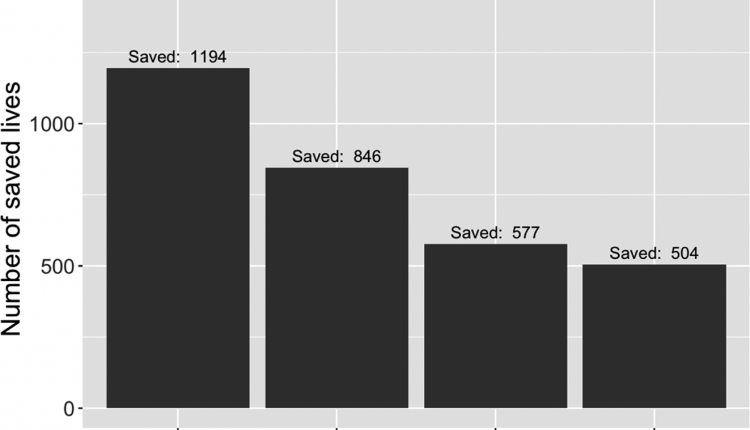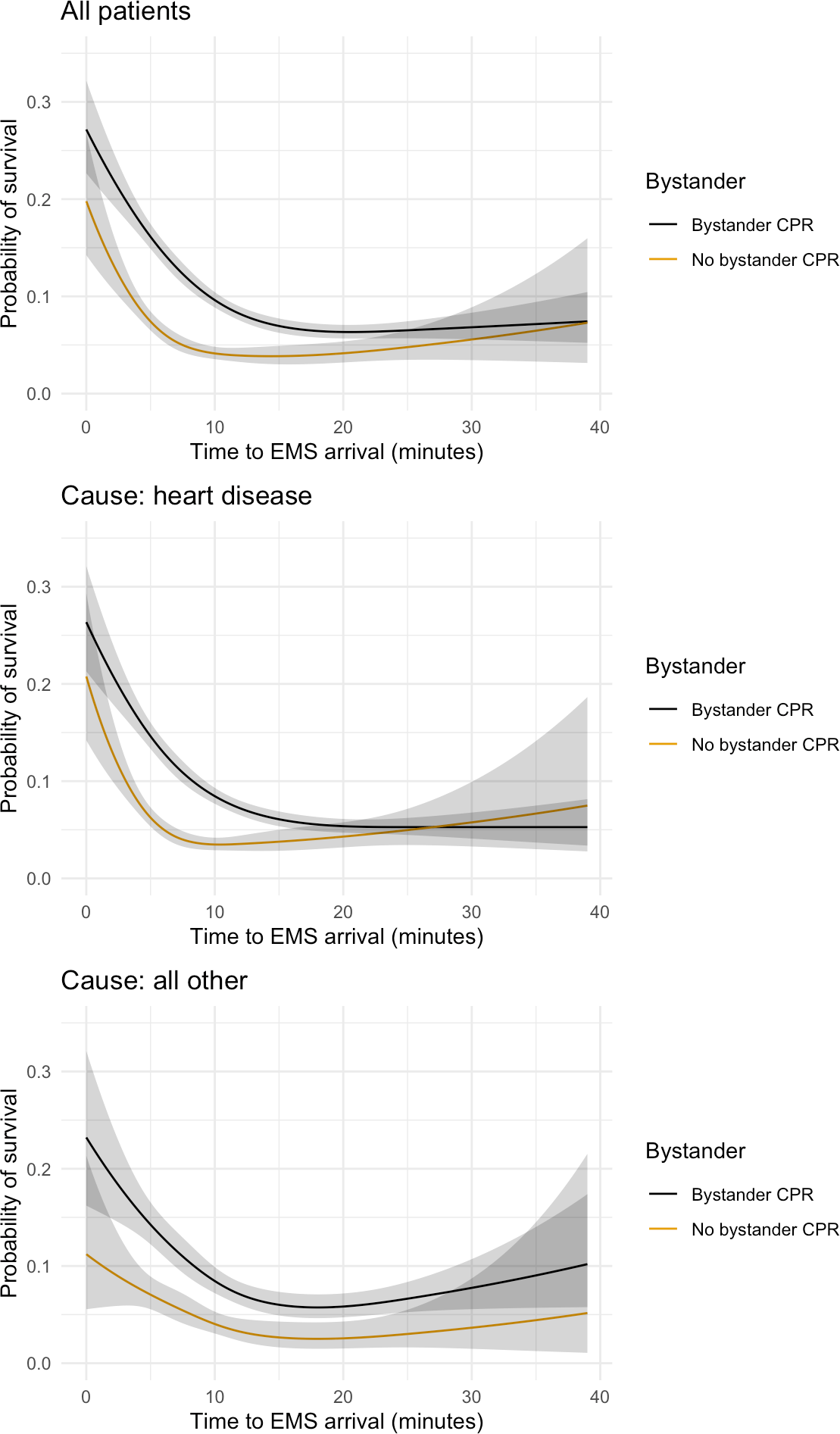
Shortening Ambulance Response Time Increases Survival in Out‐of‐Hospital Cardiac Arrest: a study from Sweden
The more or less rapid arrival of an ambulance in the event of an out-of-hospital cardiac arrest significantly affects the outcome of an OHCA cardiac arrest.
This is regardless of whether or not cardiopulmonary resuscitation (CPR) maneuvers are performed before EMS‐crew arrival.
This is what emerges from a study conducted in Sweden by researchers at the Universities of Borås and Gothenburg.
The authors of the work, which we reproduce in full form in the queue, are Johan Holmén, MD, PhD; Johan Herlitz, MD, PhD; Sven-Erik Ricksten, MD, PhD; Anneli Strömsöe, RN, PhD; Eva Hagberg, MD; Christer Axelsson, RN, PhD; Araz Rawshani, MD, PhD .
Ambulance response time and cardiac arrest: a study
The ambulance response time in out‐of‐hospital cardiac arrest (OHCA) has doubled over the past 30 years in Sweden.
At the same time, the chances of surviving an OHCA have increased substantially.
A correct understanding of the effect of ambulance response time on the outcome after OHCA is fundamental for further advancement in cardiac arrest care.
Ambulance and cardiac arrest: methods and research results
 We used data from the SRCR (Swedish Registry of Cardiopulmonary Resuscitation) to determine the effect of ambulance response time on 30‐day survival after OHCA.
We used data from the SRCR (Swedish Registry of Cardiopulmonary Resuscitation) to determine the effect of ambulance response time on 30‐day survival after OHCA.
We included 20 420 cases of OHCA occurring in Sweden between 2008 and 2017.
Survival to 30 days was our primary outcome.
Stratification and multiple logistic regression were used to control for confounding variables.
In a model adjusted for age, sex, calendar year, and place of collapse, survival to 30 days is presented for 4 different groups of emergency medical services (EMS)‐crew response time: 0 to 6 minutes, 7 to 9 minutes, 10 to 15 minutes, and >15 minutes.
Survival to 30 days after a witnessed OHCA decreased as ambulance response time increased.
For EMS response times of >10 minutes, the overall survival among those receiving cardiopulmonary resuscitation before EMS arrival was slightly higher than survival for the sub‐group of patients treated with compressions‐only cardiopulmonary resuscitation”.
Conclusions
Survival to 30 days after a witnessed OHCA decreases as ambulance response times increase.
This correlation was seen independently of initial rhythm and whether cardiopulmonary resuscitation was performed before EMS‐crew arrival.
Shortening EMS response times is likely to be a fast and effective way of increasing survival in OHCA”.
Shortening Ambulance Response Time Increases Survival in Out‐of‐Hospital Cardiac Arrest
JAHA.120.017048Read Also:
Ambulance Nurse And Ethical Conflicts: A Study From Sweden
Drones In Emergency Care, AED For Suspected Out-Of-Hospital Cardiac Arrest (OHCA) In Sweden



